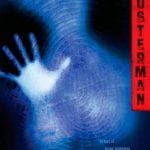Self-Care for Teachers

Woooooosaaaahhhhh
Let’s talk teacher stress and self-care. That, along with Social Emotional Learning, are hot buzzwords right now in education. Teachers have stopped being content area experts delivering instruction and are now expected to be full time counselors for students. It has all gotten to be too much.

By now we have all seen the gargantuan lists of impossible teacher duties, very few of which have anything to do with actual teaching. We have also seen the statistics on teacher burn out and those leaving the profession in droves.
So what do you do when leaving is not an option? How do we take care of ourselves because we all know that if we don’t take care of ourselves first, we cannot take care of others? You know, that whole “put on your own oxygen mask before helping those around you”?
Here are some tips and tricks you can complete right at school, many (not all) of them in the classroom.
#1) Leave school on time. We hear this all the time and typically roll our eyes at the prospect of walking out when the last bell rings. I’m telling you. There is absolutely nothing that cannot wait until the next day. Nothing. The day will come, and the day will go with or without that “one last task” checked off the list or not. Leave. Go home.
#2) Write it down. As new tasks arise throughout the day, write them down and come back to them later. You get an email with a question or task or yet another meeting. Instead of trying to fit one more thing into your hectic day, stop for three seconds and write it down. Then move on with whatever you were doing. Keep a notebook on your desk for these things. Don’t let the interruptions and ever increasing list of things to do interrupt your flow. Then when you do get a minute to look at the list, you can prioritize (or more often than not, reprioritize) and check them off.
#3) Stop and Listen. When you are deep into that three part lesson and feel yourself exactly on track and in the groove, a student will throw you off and ask an off the wall question that stops you right in your tracks. Occasionally, we must stop our lessons and talk with our students. Really listen to what they are saying. Make them listen to each other. Oftentimes these are the greatest lessons and make the best memories for both of you. The lesson will be there to pick up again when the time is right. Sometimes we all need a detour to gain a sharper perspective. And that’s okay.
Self-Care
#4) Hot bath. Make it a habit and take one a few times a week. Take the time for yourself. Force yourself to run the water, add the bubbles, light the candles, pour yourself a relaxing beverage. Then get in (without electronics!!), close your eyes, and r-e-l-a-x….
#5) Keep bedtime consistent. Set an alarm or reminder that it is bedtime. Sometimes we get so caught up in the day, work, spouses, kids, schedules, etc. that we can forget to go to bed. Next thing you know, it’s midnight and you are just crawling under the covers. Be purposeful about bedtime. Train your body to rest.
#6) Be purposefully grateful. Think of three things you are grateful for and say them to yourself BEFORE getting out of bed each day. If you can start your brain each morning in a place of gratefulness, the rest of the day will follow.
#7) Eat lunch. Separate yourself from the work that surrounds you and the students who hound you. Leave your room if you need to or at least shut and lock your door. Cover the little window. Do not let anyone in. Except your warrior tribe that helps you hold it all together. Don’t work through lunch “this one time” as that becomes a habit. A very negative, bad habit.
to or at least shut and lock your door. Cover the little window. Do not let anyone in. Except your warrior tribe that helps you hold it all together. Don’t work through lunch “this one time” as that becomes a habit. A very negative, bad habit.
#8) Acts of kindness. Be intentional in showing your appreciation for others. Doing so is automatically reciprocal to your own well being. Write a positive note (signed or anonymous) to a coworker or student. Leave it in their mailbox or on their desk. Watch how they respond. Send home a positive email to a student’s parent. Kindness is multiplied…never divided.
Small breaks you can take right at school
* Listen to your favorite songs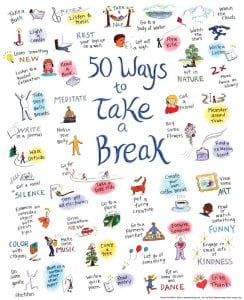
* Tell someone “I love you”
* Write about how you feel
* Put yourself in timeout
* Look at artwork
* Write a compliment to yourself on a sticky note and post it at your desk
* Learn to say no
* Phone a friend
* Pop some bubble wrap
* Wear comfy clothes
* Take a quick walk around the building (inside or out)
* Take a couple extra minutes of alone time in the restroom
* Meditate in complete silence for 5 minutes
* Practice a few yoga poses
* Focus on taking five deep, cleansing breaths
* Color. Keep a coloring book and your favorite coloring utensil handy
* Send a happy text to your favorite person
* Watch a short motivational video
 Take care of yourselves, my friends, for you will be replaced before your obituary hits the news.
Take care of yourselves, my friends, for you will be replaced before your obituary hits the news.
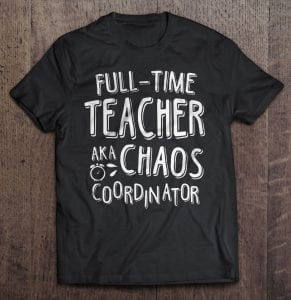

 #2)
#2) 


 Being a high school teacher, we all have our own way of getting and staying organized in our classrooms, professional, and personal lives. It looks different for each of us. Some teachers stay organized through organized chaos. Others, like myself, have systems of organization that we rely on to get us through our days.
Being a high school teacher, we all have our own way of getting and staying organized in our classrooms, professional, and personal lives. It looks different for each of us. Some teachers stay organized through organized chaos. Others, like myself, have systems of organization that we rely on to get us through our days. One area of my classroom that gets its own space is the Student Station. This is an area where students can go for everything they need in my room. Things like turn in drawers, markers, pens/pencils, paper, scissors/glue, tissues, extra handouts, hand sanitizer, etc.
One area of my classroom that gets its own space is the Student Station. This is an area where students can go for everything they need in my room. Things like turn in drawers, markers, pens/pencils, paper, scissors/glue, tissues, extra handouts, hand sanitizer, etc.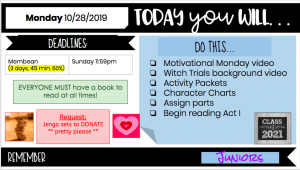
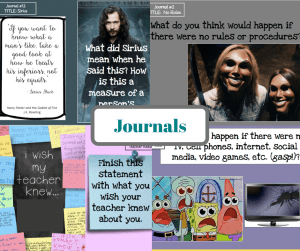 I have various things we do as bell work. The main purpose of the bell work is to get students in a daily routine of entering the classroom and immediately getting to work. It allows me time to do housekeeping tasks (taking attendance, glancing at important emails, answering lingering questions, etc.).
I have various things we do as bell work. The main purpose of the bell work is to get students in a daily routine of entering the classroom and immediately getting to work. It allows me time to do housekeeping tasks (taking attendance, glancing at important emails, answering lingering questions, etc.). In years past, I have utilized Weebly as my classroom website. It included various sections organized so that students and even parents could quickly navigate exactly what we are doing in the classroom each day.
In years past, I have utilized Weebly as my classroom website. It included various sections organized so that students and even parents could quickly navigate exactly what we are doing in the classroom each day.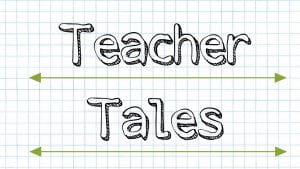
 Answer received on a Gatsby Quiz:
Answer received on a Gatsby Quiz: Yesterday, I gave my classes index cards and asked them to write down their top three areas that they felt they needed just a little more help with before they take their state tests next week. Here are some of the real life answers I got. I love️ my students!
Yesterday, I gave my classes index cards and asked them to write down their top three areas that they felt they needed just a little more help with before they take their state tests next week. Here are some of the real life answers I got. I love️ my students!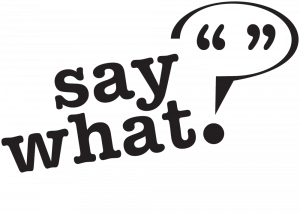 Overheard in class:
Overheard in class: After a lengthy discussion on whether or not you would ask a student’s grandparents to dial a phone or press the buttons to make a call, (he said press while I said dial because you have to be aware of your audience), student asks me: “But why would you need to change what you have to say depending on your audience? Just say what’s right.”
After a lengthy discussion on whether or not you would ask a student’s grandparents to dial a phone or press the buttons to make a call, (he said press while I said dial because you have to be aware of your audience), student asks me: “But why would you need to change what you have to say depending on your audience? Just say what’s right.” Student: “Is the movie version of Romeo & Juliet just like 50 Shades of Gray?”
Student: “Is the movie version of Romeo & Juliet just like 50 Shades of Gray?” At Open House tonight, I had a PARENT ask if there would be any reading.
At Open House tonight, I had a PARENT ask if there would be any reading. I offered a student a piece of candy today. He replied with, “meh. I’m on my way to type II diabetes anyway. Might as well close the gap.”
I offered a student a piece of candy today. He replied with, “meh. I’m on my way to type II diabetes anyway. Might as well close the gap.” I was passing back papers today. When I laid one on a particular student’s desk, he murmured, “mmm….look at God!”
I was passing back papers today. When I laid one on a particular student’s desk, he murmured, “mmm….look at God!” Student: “Is Connecticut a state or a city?” (Quick reminder, I teach high school.)
Student: “Is Connecticut a state or a city?” (Quick reminder, I teach high school.) Student was looking for a word to use in his research paper. He says to me, “You know…like a crack circle.”
Student was looking for a word to use in his research paper. He says to me, “You know…like a crack circle.”

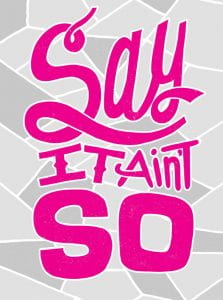 * whispers in a hushed voice*
* whispers in a hushed voice*
